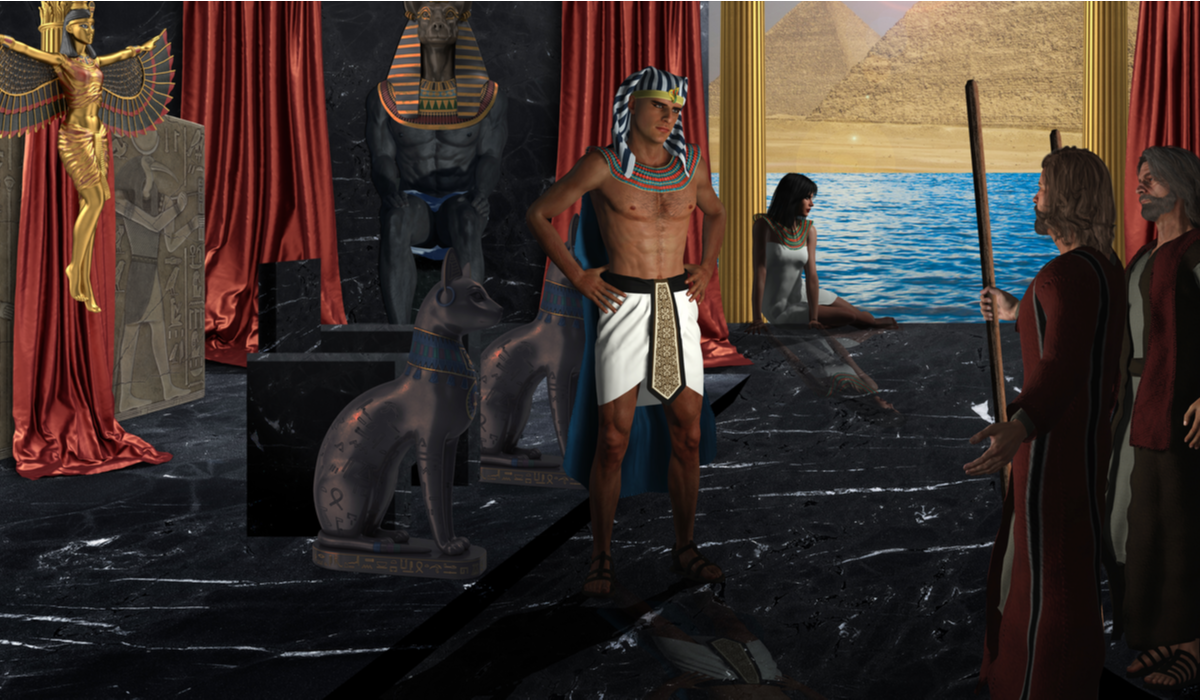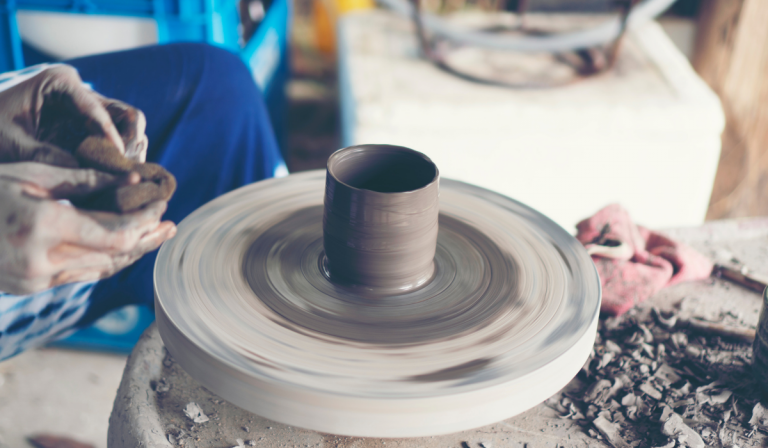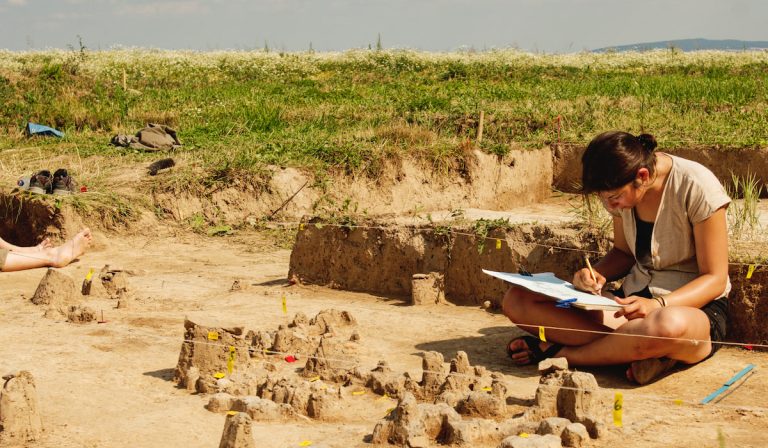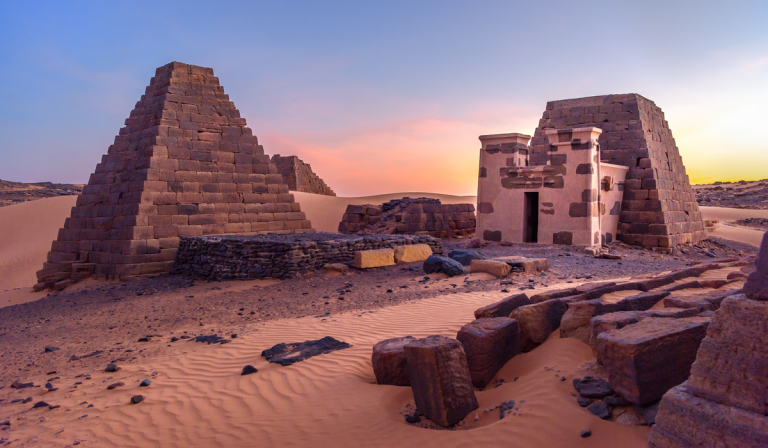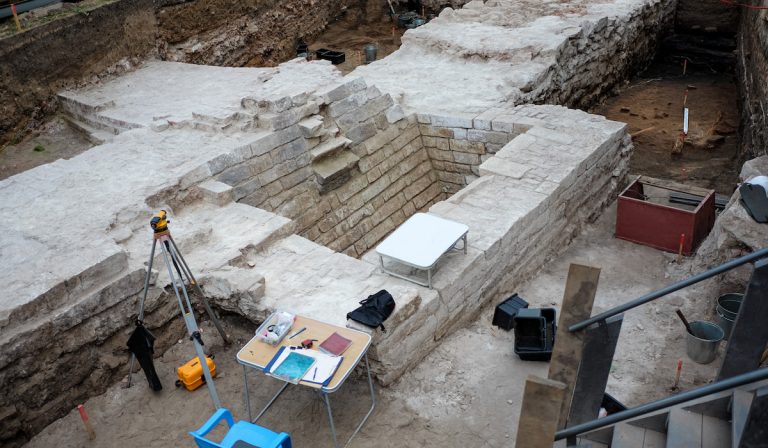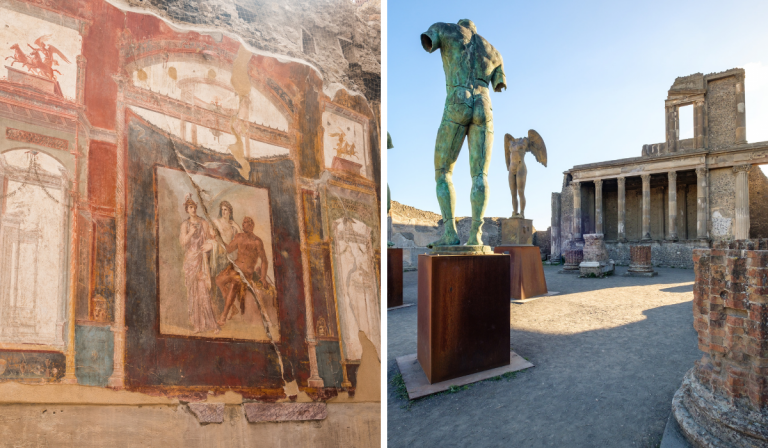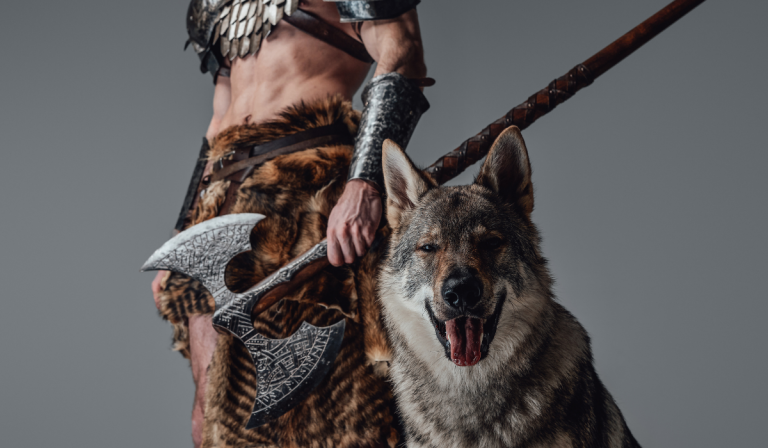Ancient Egyptian Clothing of the Pharaohs Explained
Many people are already familiar with the clothing style of the ancient Egyptian pharaohs. After all, their fashion has long been used as costumes, cosplays, and even as an inspiration in modern fashion designs.
But how did it all start? And how were the pharaoh’s fashions different from those of the commoners? This article will serve as your guide about the clothing of the pharaohs.
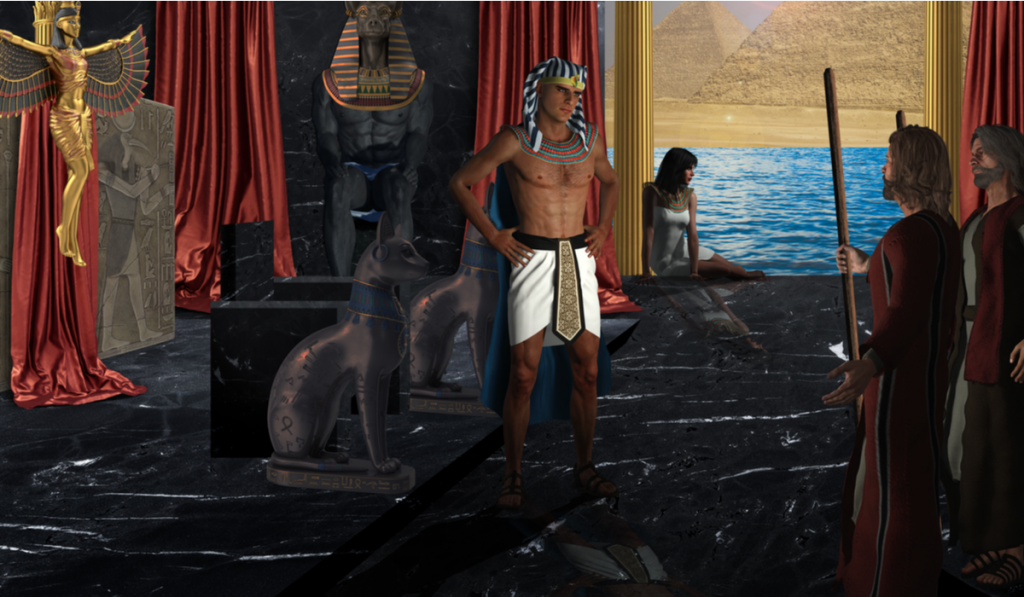
The attire of the Ancient Egyptian Pharaohs
The clothing of the ancient Egyptian pharaohs was similar to other Egyptian clothing, except for specific pieces and more ornate adornments that often carried symbolic meanings.
Due to the dry and hot climate of Egypt, Egyptians typically wore light, thin clothes made of linen, which they wove from the flax plant. While pharaohs wore the same type of clothing, theirs was always more lavish, colorful, and well-crafted.
Listed below are the pieces of ancient Egyptian attire that were worn not only by the pharaohs but by Egyptians in general:
Shent
Shent, or shendyt, is a wrapped skirt usually made of linen and worn around the waist. This was a typical garment worn in Ancient Egypt, but the pharaohs and other nobles wore shent that were of higher quality, along with a decorative belt.
Worn around the waist extending to just above the knee, shent may have been inspired by early hunting attire, which enabled comfort and freedom of movement.
Postiche
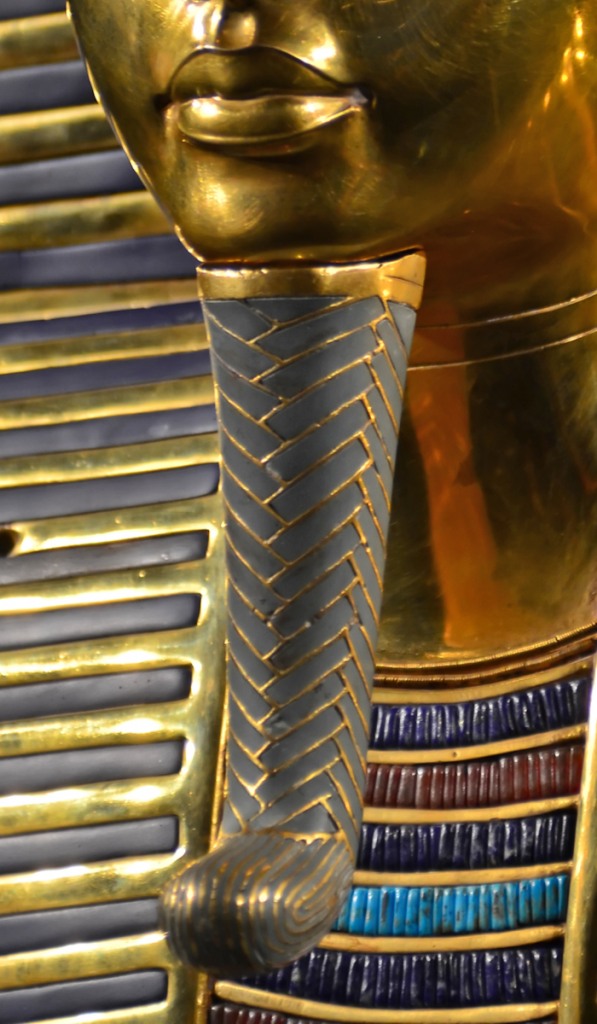
Also known as a false beard, a postiche was an accessory attached to the pharaoh’s chin. Pharaohs wore this instead of growing a real one to link themselves with the god Osiris. By wearing postiche, pharaohs believed that they represented themselves as divine.
Jewelry
Pharaohs are famous for wearing jewelry. In fact, it is one of the most specific and elegant things they are known for. There are various forms of jewelry the pharaohs would wear. Some are popular still today, while others are now less common.
Below are some of the pieces of jewelry that pharaohs wore:
Usekh
Usekh is a type of broad collar or necklace that typically has a clasp at the back. Because many elites and pharaohs wore it, many people are familiar with this item of jewelry.
Most usekh were made with hammered gemstones and precious metals, including gold and silver. They could also be made using glazed ceramic beads.
Pectoral
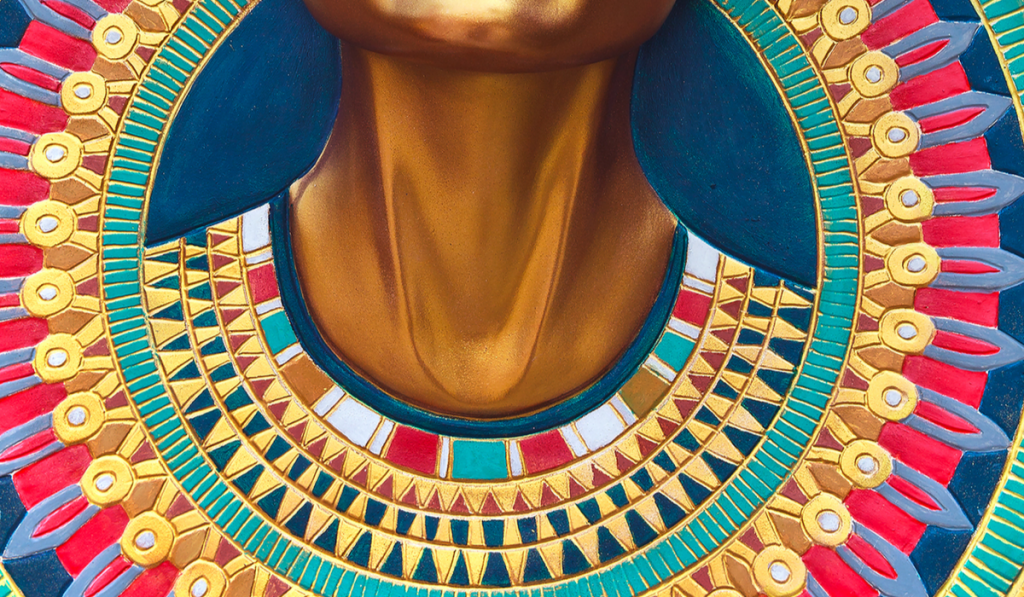
A pectoral is a type of pendant worn by the wealthier people of ancient Egypt, including the pharaohs. There are two types of pectoral: one type was used as a necklace, while the other one was used as a brooch.
Belts and Accessorized Aprons
Belts and aprons are a recognizable part of ancient Egyptian clothing. They were often decorated with ornaments and jewelry, including gems, beads, and other woven details to upgrade the simple linen.
Headwear and Crowns
A vital element of the pharaoh’s clothing was the various collection of headwear and crowns. Because no one should ever see a pharaoh’s hair, they wore different types of headdresses. These headdresses usually have a purpose, such as a symbol of their status and power.
Below are the types of headwear and crowns worn by pharaohs:
Wigs
A wig is an essential piece of clothing in Ancient Egypt. They conveyed different information about a person’s age, gender, and status. Moreover, since most ancient Egyptians shaved their head for various reasons, including rituals, beliefs, or hygienic standards, wigs served as a cover for their bare scalp.
Because they were expensive, not all ancient Egyptians could afford to buy a wig. Therefore, wigs were only often seen on the elite, nobles, pharaohs, and other members of society who could afford them.
Khat
Another cloth worn by pharaohs and in depictions of their deities is the khat. It is a simple headdress that is made of linen. It does not have a pattern, stripes, or pleats, and the end is left hanging down open instead of being tied together.
Nemes
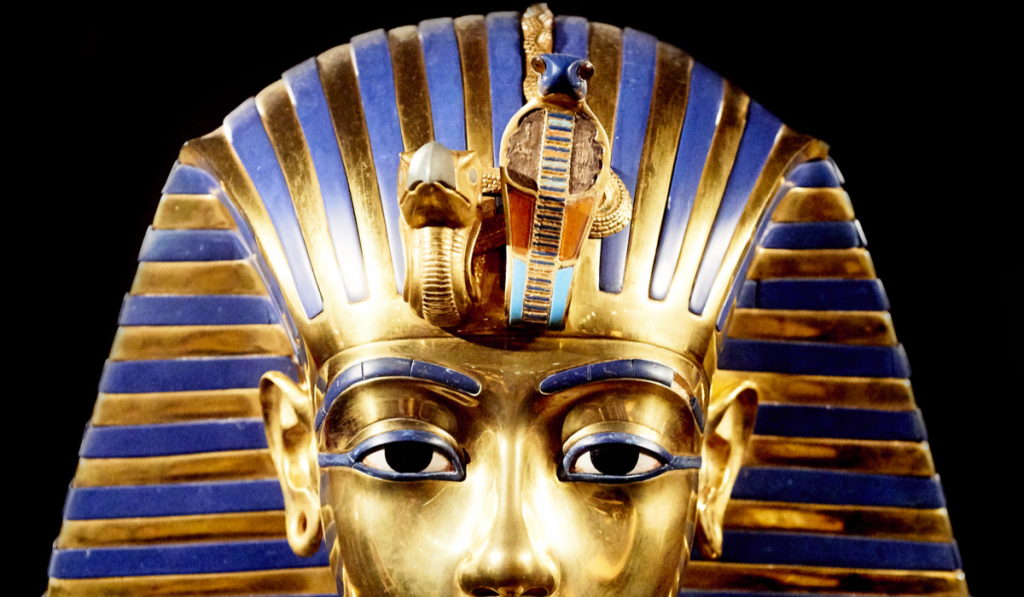
Nemes is also a type of royal head covering that is more extravagant than khat. Unlike khat, it is pleated and striped. It also has two ornamental flaps, known as lappets, on both sides that are tucked behind the ears and hangs over the shoulder. The excess cloth is put together and tied into a ponytail, portraying a lion’s tail. It is also common to have a rearing cobra or an Egyptian vulture fixed to the front of the nemes.
Deshret
Also known as the Red Crown, the deshret symbolizes the rulership of Northern Egypt. Attached to the deshret’s front is a rearing cobra.
Hedjet
Meanwhile, hedjet, also called the White Crown, symbolized the rulership of Southern Egypt. While the deshret features a rearing cobra, the hedjet highlights an Egyptian vulture on the front.
Pschent
Also known as the Double Crown, the pschent symbolized the rulership of both Northern and Southern Egypt, exemplifying the union of Egypt as a whole. In ancient Egypt, pschent was also called sekhemti.
Khepresh
Also called the Blue Crown or the War Crown, khepresh was worn when at war or in battle. This type of head covering signifying military power featured a rearing cobra at the front. Khepresh was worn during ceremonies as well.
Atef
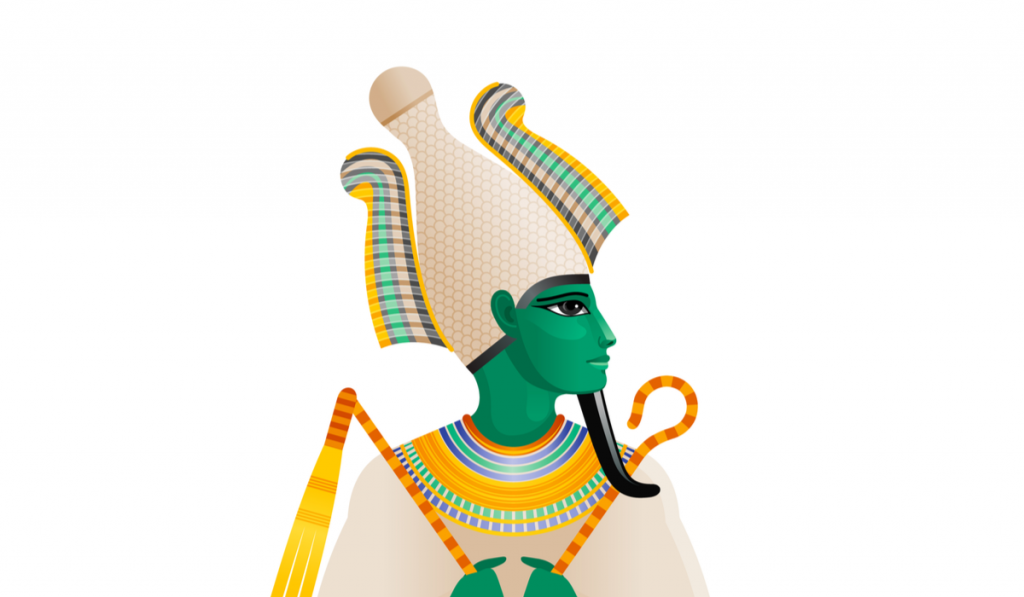
Atef is a more detailed hedjet, featuring feathers and disks on both sides. It is also called the God Osiris’ crown. Since the god Osiris is seen wearing the Atef crown, many pharaohs wore this head covering because they believe that they would embody Osiris after they died.
Hemhemet
Hemhemet is a more decorative and extravagant form of the atef crown. It has two or more rearing cobra at the front and corkscrew sheep’s horns. Hemhemet was first used during the Early Eighteenth Dynasty of Egypt. Because it was large and inconvenient to wear, a hemhemet was worn only on special occasions and events.
Queens’ Crowns
Mentioned above are the headwear and crowns worn by both male and female pharaohs. However, particular crowns are worn only by female pharaohs. Below is the list of those crowns:
Modius
A modius was a flat-topped crown worn by queens of ancient Egypt. Symbolizing power, this type of headdress often featured a rearing cobra on the front.
Vulture Crown
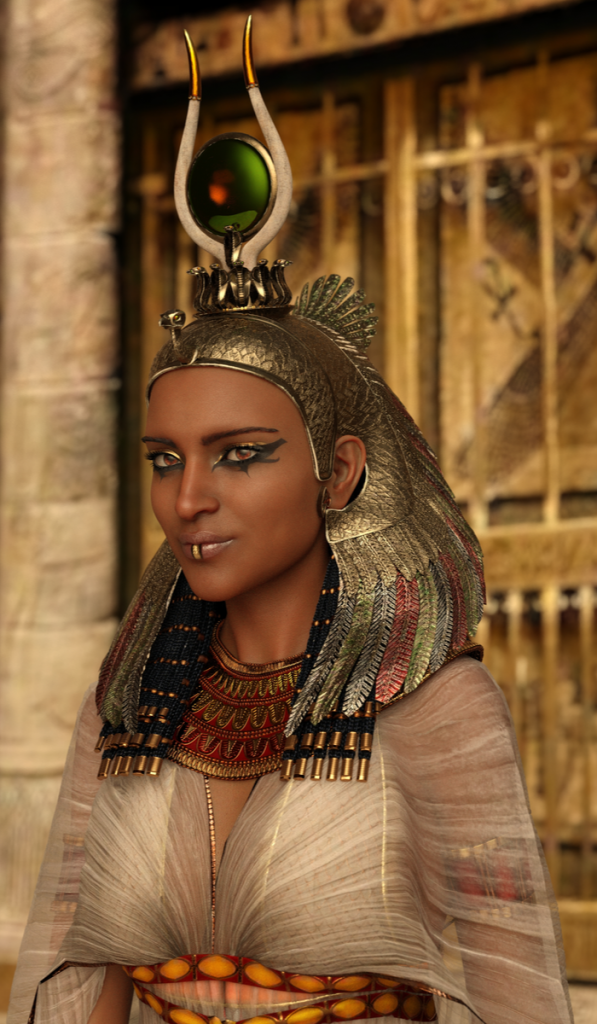
A vulture crown is another type of headdress worn by female pharaohs, royal wives, and high-ranking priestesses. From the name itself, the vulture crown represents a vulture – it is shaped like a bird with two wings hanging from either side of the head. Also called the Eagle or Falcon crown, this type of headdress symbolized protection from the goddess Nekhbet. It was also often accessorized with gold, and sometimes a rearing cobra could be seen on the front.
Crown Attachments
A rearing cobra and/or an Egyptian vulture were often attached to most headwear and crowns. The two attachments symbolize power:
Rearing Cobra
Known as the uraeus, the rearing cobra is associated with royalty, supremacy, divine authority and protection.
Egyptian Vulture
On the other hand, the Egyptian Vulture represents divine protection, purity, death, rebirth, and motherhood. It was also called the pharaoh’s chicken.
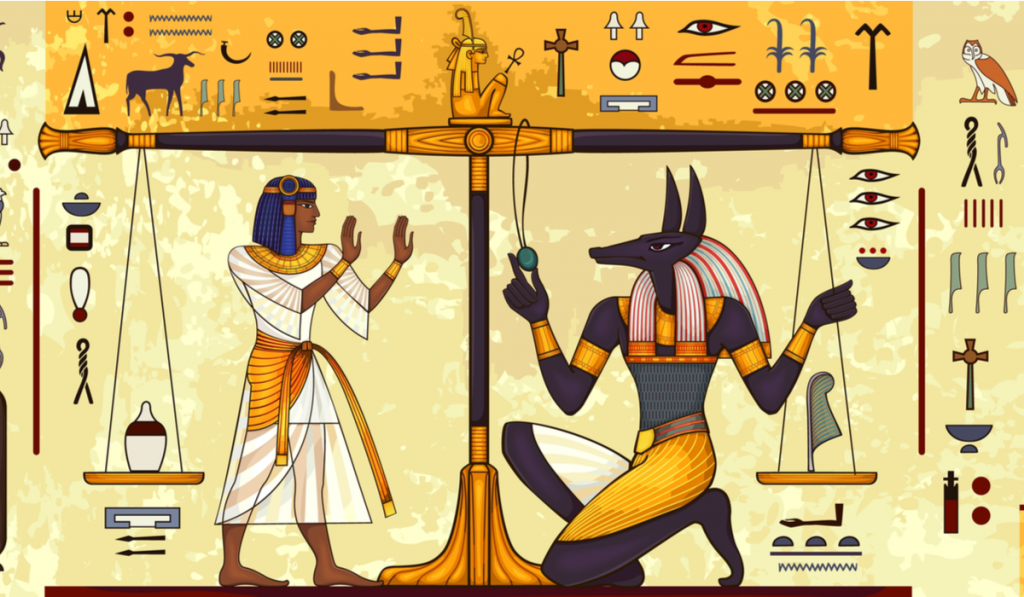
Conclusion
While the pharaoh’s clothing style is similar to other Egyptian fashion, the distinct difference can be found in the quality of the material used. When most Egyptians used a coarser weave for its lower cost and abundance, those from the upper classes may have used other textiles, such as animal skins, leather, and pelts. They most certainly would have worn finer, higher quality linen garments.
In ancient Egypt, beauty was crucial for the wealthy. Since deities, nobles, and pharaohs could afford to accessorize and decorate their clothing, theirs were much more prominent and precious than others. Aside from their clothing, they also gave importance to their general appearance by using perfumes or scented oils on their hair and body.
Resources:
- https://www.ducksters.com/history/ancient_egyptian_pharaohs.php
- https://egyptianplanet.com/halloween-costumes-ancient-egyptian-pharaohs-clothing/
- https://www.twinkl.com.ph/teaching-wiki/ancient-egyptian-clothes
- https://www.timelessmyths.com/culture-people/what-did-pharaoh-wear/
- https://en.wikipedia.org/wiki/Shendyt
- https://en.wikipedia.org/wiki/Nubian_wig
- https://en.wikipedia.org/wiki/Pharaoh
- https://tarrarosenbaum.com/blogs/news/jewellery-in-ancient-egypt

